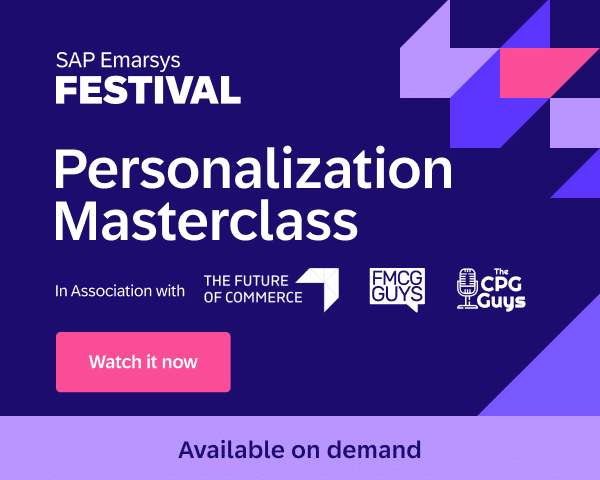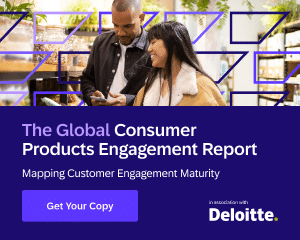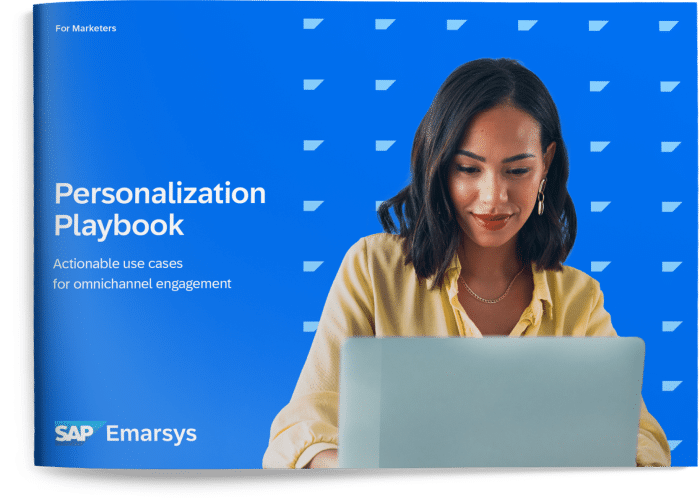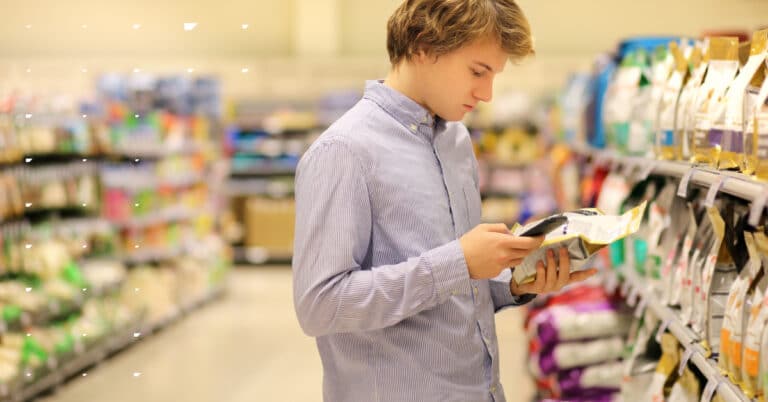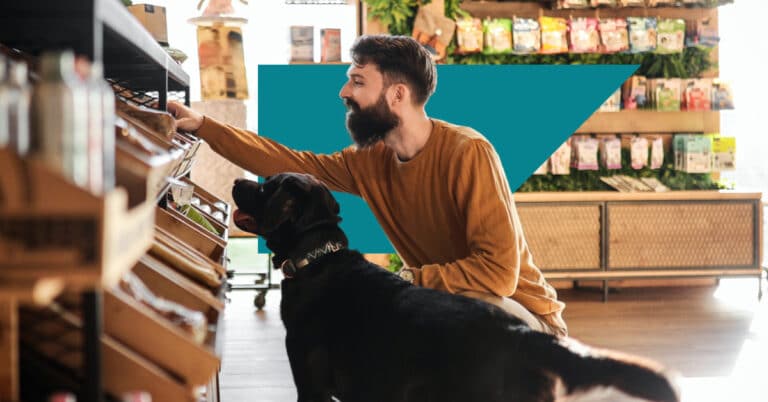A great CPG marketing strategy is tailored — tailored for your product, for the channels you’re using to engage, and especially for your consumers. However, I realize it can be tough to create tailored consumer engagement when there isn’t that DTC purchase.
As a Principal Solutions Consultant for SAP Emarsys, I’ve worked with some amazing CPG brands to uncover their use cases and find ways to better understand their consumers.
That’s why I was excited about the recent panel at the Omnichannel & AI Masterclass, More Than Commerce: How CPG Brands are Building Direct-to-Consumer Engagement. This panel, filled with experts from top CPG brands, dove into exactly the key topics I discuss with marketing leaders: creating value exchanges, personalizing consumer experiences, and building that consumer relationship over time.
The session held some great strategies that I think are worth highlighting, so read on to learn more.
Building Authentic Consumer Relationships with Your CPG Marketing Strategy
One noticeable theme during the CPG panel session was the idea of putting the consumer at the heart of your marketing. The moderator, Don Brett, helped pull that idea together:
“All of us, in some permutation one way or another, have said the customer, the consumer is the heart of it all. So finding ways, capabilities, and systems to enable us and your brand to stay very close to he or she will be critically important in order to position yourself for the best in class and future.”
Don Brett, Host, The CPG View
Direct engagement with consumers will always come back to understanding who they are, what they need, and then building a genuine, authentic relationship. When you build your strategy around serving your consumers, and you deliver relevant, meaningful content, you’re going to see greater loyalty and growth.
Check out these 5 expert tips from the Masterclass panel session to help inspire your own CPG strategy.
1. American Greetings: Engage consumers in channels you can control
At Emarsys, we talk a lot about meeting consumers where they are, and for good reason. Consumers may pick up your product in a physical store, but they’re still connected to the internet 24/7, looking at product details, searching for recipes, hunting for reviews. And they’re talking about products, too, sharing opinions on social media.
That means it’s on marketers to ensure they can communicate on the right channels with messages and offers that are relevant.
During our Masterclass session, Andrew Gallo talked about how American Greetings is using social media:
The key is understanding where your consumers are engaging, whether that’s via email, web, social, or any other channel. Then, using a customer engagement platform, you can drive the conversation while also building up your knowledge of your consumers, expanding your first-party data and gaining valuable insights.
2. Del Monte: Create two-way engagement
Historically, CPG brands used ads as their primary method for driving awareness and acquiring new consumers. But digital transformation has shifted the way consumers shop. Today, consumers expect a dialogue, a two-way conversation with brands.
Marketers need the ability to show that they understand consumers on a deeper level. As Jamie Decker, VIP of Ecommerce for Del Monte, points out in the above video, that means leveraging that first-party data. She hits the nail on the head when she talks about having “this two-way engagement through social, leveraging AI, to really get after our customers and engage appropriately.”
But what makes engagement “appropriate”? To determine that, marketers need to access and leverage first-party data, which powers personalized experiences. By creating the kinds of value exchanges that your consumers love, you can quickly build up that first-party data and keep building it over time.
3. Kellanova: Build value exchanges that resonate and change over time
Consumers today are keenly aware that their personal data holds value to you and that once they share it, it becomes a part of your marketing strategy. That’s why value exchanges are so critical. Diana Macia, the Director of Global Omnichannel Capabilities for Kellanova, describes that concept here:
Diana has a great approach to value exchanges because she’s keeping in mind that the relationship with the consumer evolves over time. Her statement that “personalization is not a one off” is exactly right, because while your gardening product consumer may be interested in planting tomatoes today, they may be more interested in fighting weeds three months from now. That’s why using progressive profiling strategies as a part of your first-party data strategy is critical, so that you can continually adapt to your consumers.
4. Colgate-Palmolive: Approach the consumer with empathy
A little empathy can go a long way. When brands make their interactions about quick grabs for data, consumers catch on fast and tend to pull away. On the other hand, focusing on engagements that genuinely help your customers will build trust and loyalty.
Jamie Schwab, the VP of Global Digital Commerce for Colgate-Palmolive, described how his team launched a quiz to capture first-party data about oral care. This clip describes how they took an empathetic approach and the results they saw:
When you get 90% quiz completion rates on email and 50% completion rates on pop-ups, you’re doing something right. I think the key here is that Colgate-Palmolive approached it with the objective to “better serve you [the consumer] overall.” That’s what it means to keep the consumer at the heart of your marketing.
5. American Greetings: Solve a pain point for the consumer
For the last tip, I want to circle back to American Greetings again because Andrew Gallo brought up a fantastic use case.
In this short clip, Andrew describes how American Greetings takes a very real pain point for their consumers, forgetfulness, and then creates a solution for them.
Forgetting a birthday, a public holiday, an anniversary — these are problems American Greetings knew it could solve with a few well-placed automations. So, they worked on annual reminders to take the stress out of remembering key events. By solving the pain point of forgetfulness for consumers, American Greetings brings it all together:
- Use a controlled channel – in this case, web).
- Solve the pain point of forgetfulness.
- Capture first-party data on dates and annual events that the consumer considers important.
- Deliver personalized reminders that the consumer wants and that can drive purchases.
- Foster an ongoing, two-way conversation.
- Promote loyalty!
This use case is a win-win for both the brand and the consumers!
More Great Insights Still to Come
These strategies and clips are just a few of the many highlights from the Masterclass session on direct-to-consumer engagement for CPG marketing. Honestly, it was hard to pick just five for this post, so I highly recommend checking out the full session.
This article is the first in a series that I’ll be sharing on marketing for consumer products, so stay tuned for more.
Other Articles in This Series:
